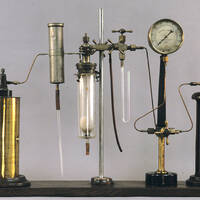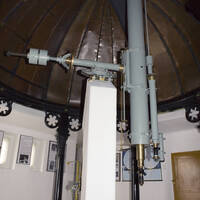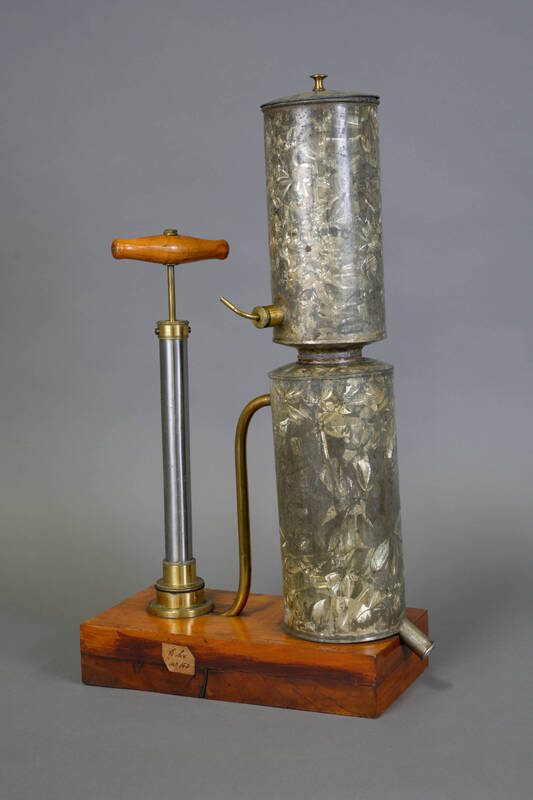The Heritage of the Dialogue and the Circulation of Ideas between Universities
Co-creation and Sharing of Scientific Instruments




Not only scholars and students travelled from one university to another. Scientific equipment circulated in European universities and beyond, by contributing to the co-creation of research projects and new scientific meanings. An important example is the development of scientific facilities, like the astronomical observatory in Helsinki (1834), which employed staff from a number of different countries and served as a model for the observatories of many other university in Europe. The exchange of scientific instruments is another example. The gas liquefying machine was invented by Karol Olszewski in Krakow and was then acquired by numerous other laboratories. Naturally, the circulation of instruments has never been one-way, as illustrated, for instance, by the University of Krakow's possession of a Harvard telescope. Some scientific devices that are now in university museums symbolize also the ties of camaraderie within the scientific community. For instance, following the terrible fire of 1828, the University of Tartu gave the extract press shown here to the University of Helsinki.



